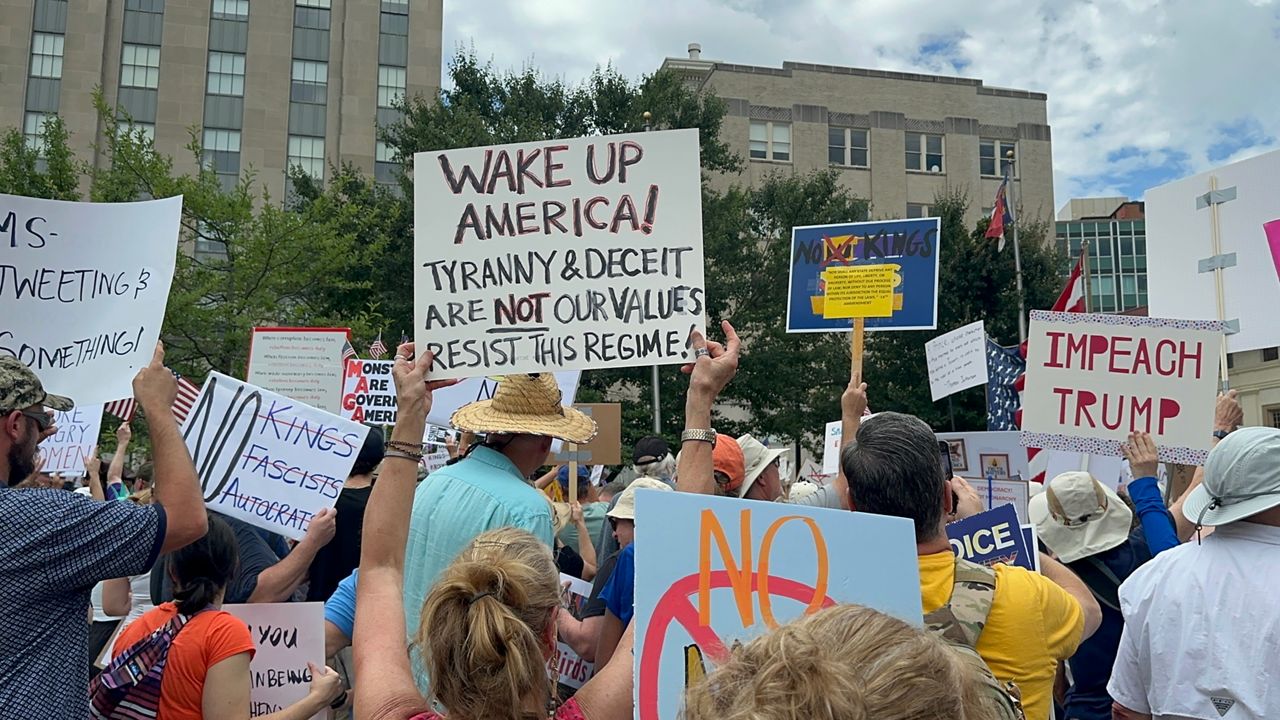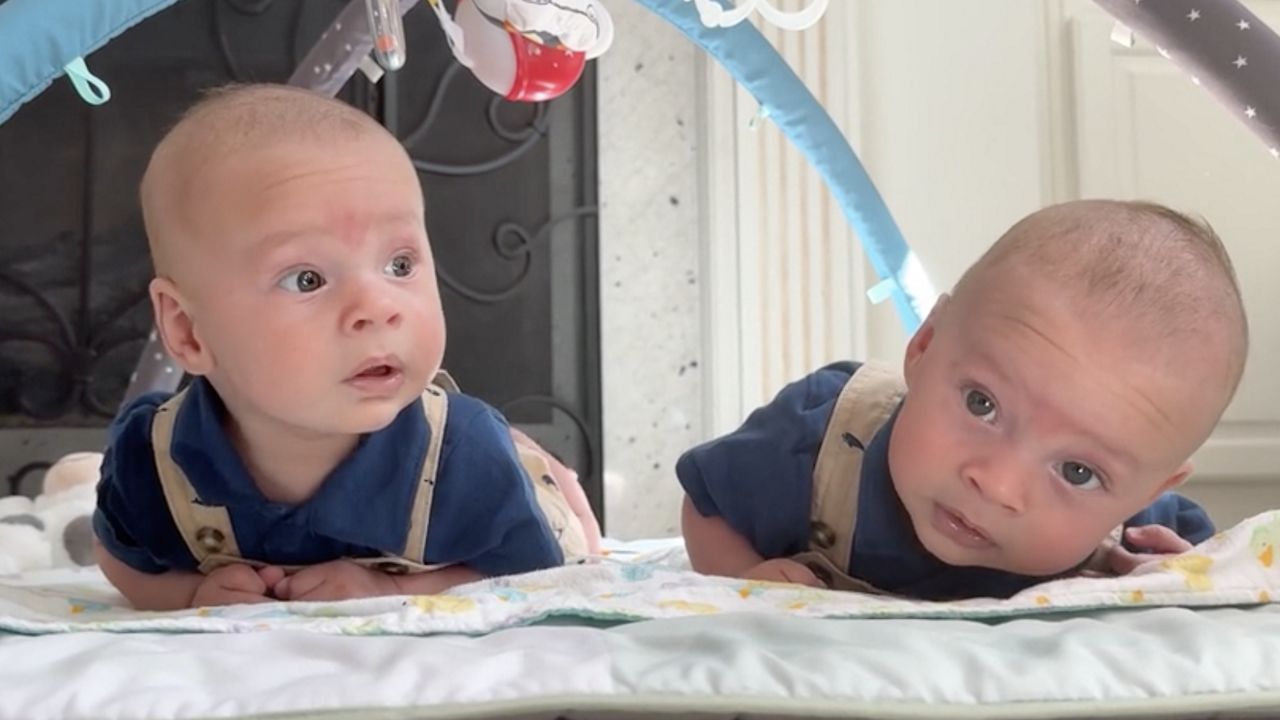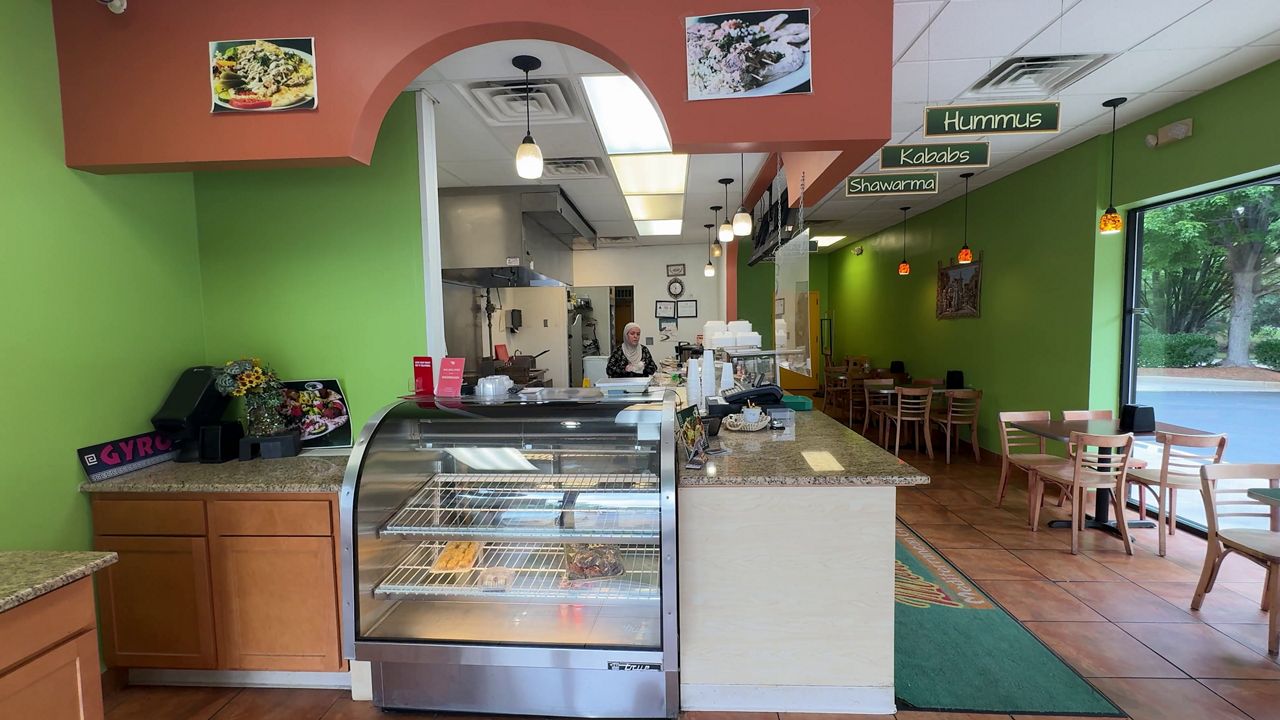SOUTHPORT, N.C. — Samantha Redfern has been attached to her sewing machine since she was just a girl living in the U.K. – it's practically an extension of herself at this point.
What You Need To Know
- By 1921, North Carolina was producing $191 million worth of textiles each year
- In 2004, North Carolina still employed more than 25% of the nation's textile workers
- Today, there are only 25,000 textile workers across the state
- One woman came to America determined to bring back the art of sewing
When she came to America 13 years ago, it was with the determination that she would bring back the art of sewing, but she had no idea she would end up in what used to be the textile capitol of the U.S.
A needle and thread used to be as familiar in people's hands as a pencil, but today sewing is an antiquated art.
As a design technologist, Redfern worked for years teaching people with no experience how to sew in factory settings. She's now set her sights on doing that on the Carolina coast where she dreams of bringing the textile industry back from the past.
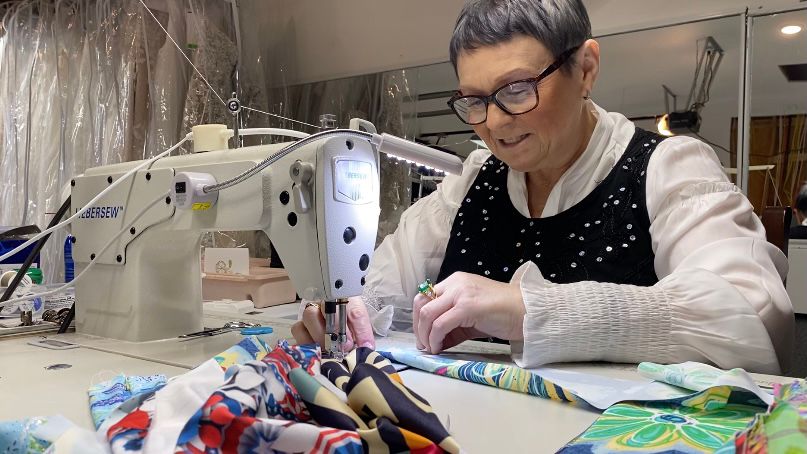
“And I truly believe we can develop the textile industry right here in Southport to a degree where we can have 200 people in a small sewing factory again, creating sportswear,” Redfern said.
North Carolina became a world leader in textile production in the 1800s and by 1923 had replaced New England as the textile hub of the U.S.
Our state's climate and natural resources made it perfectly suited for factory level production, but as restrictions decreased and trade agreements took their place after World War II, the formerly booming industry found itself struggling against cheaper labor overseas.
“Quite easily 90% goes offshore,” Redfern said. “If ever we have issues with foreign countries we are in a mess, so that's why this has now become so important to bring back [this] industry, especially textiles.”
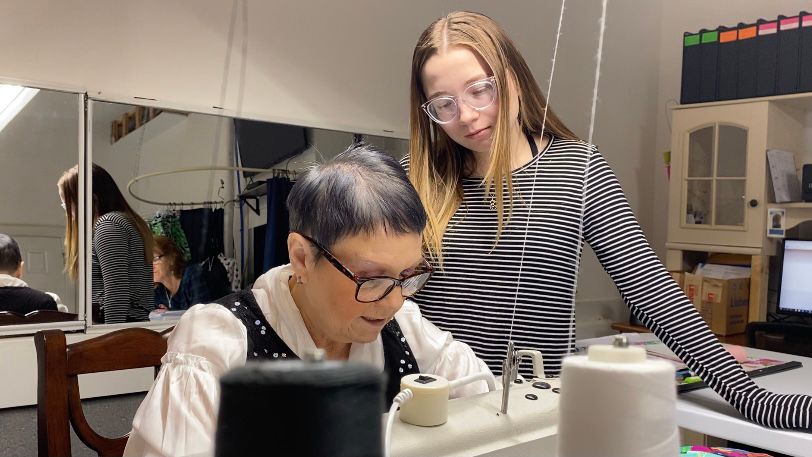
She's designed a line of sportswear known as Immi Activewear that's made right from her garage. And although she's proud of her product and the traction it's getting, her favorite achievement comes when she gets to put "proudly made in the USA" on every single piece.
“America is my home now and I made the investment here in America,” Redfern said. “Everything I do goes back into my business. Let's see if next time we go to the Olympics, we're in USA-made uniforms.”
Redfern has dedicated her life to the clothing and textile industry and she's poured everything she has into creating the mini factory in her garage where she spends her time building patterns and building up the next generation of seamstresses.
“It needs people to be inspired by what I'm doing, by what these ladies are doing, by what they want to be trained to do,” Redfern said.
Sewing is a teachable skill that has the capability to provide year-round work for anyone willing to put in the time to learn.
“The textile industry was here right in North Carolina and it's my intention to ensure that it comes back to the Carolinas,” Redfern said.





)
